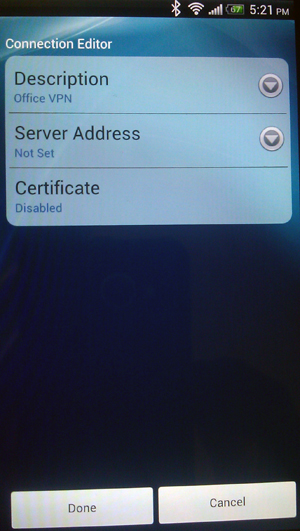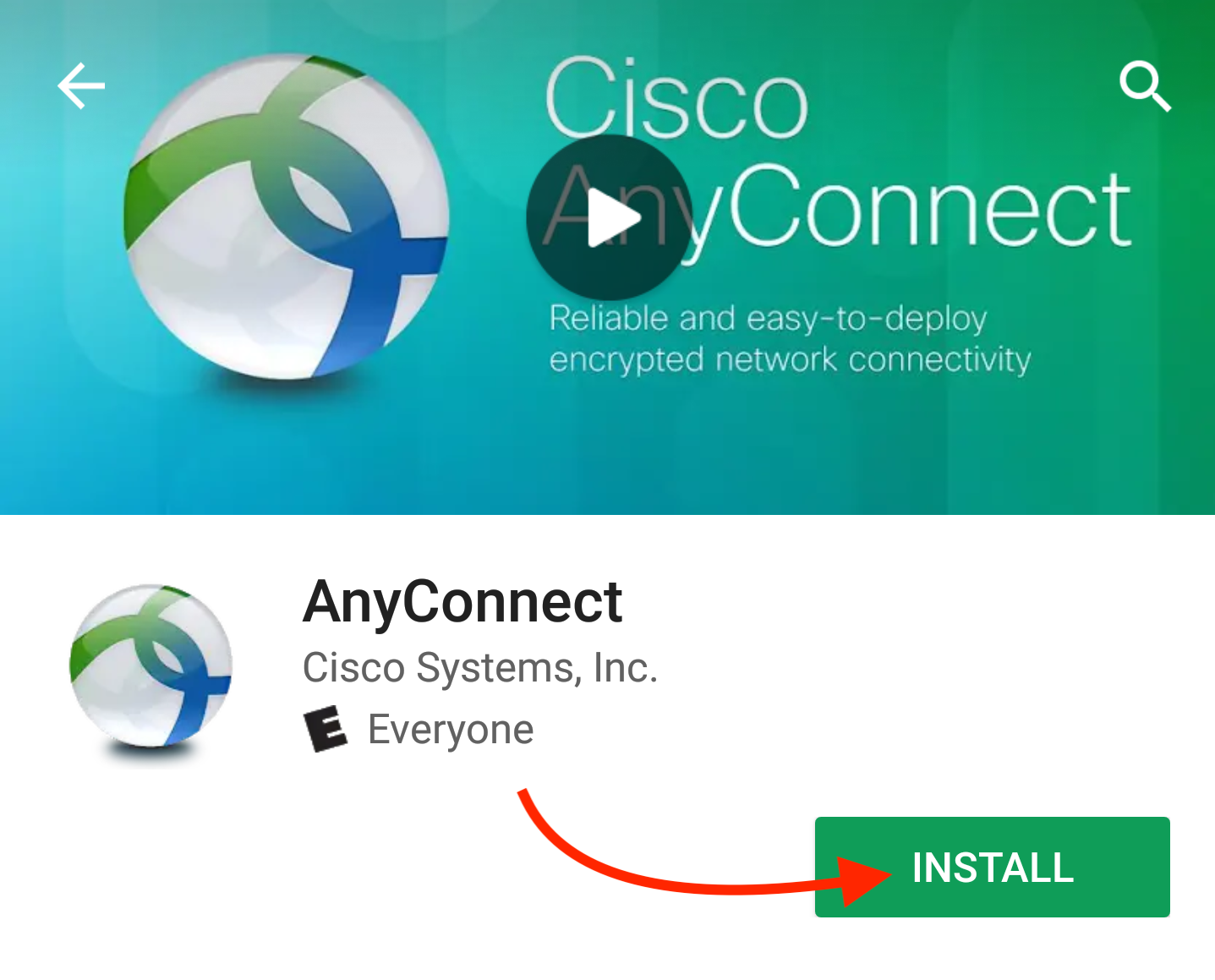

You can send all traffic through VPN, all traffic except traffic going to specific destinations, or only send traffic going to specific destinations.ĭynamic Client routing: This is used to specify full or split-tunnel rules pushed to the An圜onnect client device by hostname. For more details see Dynamic Client routingĭefault group policy: This is used to apply a default group policy to all connecting An圜onnect clients. This domain name only applies to tunnelled packets.Ĭlient routing: This is used to specify full or split-tunnel rules pushed to the An圜onnect client device. RADIUS time-out: This is used to modify the RADIUS time-out for two-factor authentication and authentication server failover.Īn圜onnect VPN subnet: This specifies the address pool used for authenticated clients.ĭNS name servers: This specifies the DNS settings assigned to the client.ĭNS suffix: This specifies the default domain name or DNS suffix passed to the An圜onnect client to append to DNS queries that omit the domain field. Group policy with RADIUS Filter-ID: This is used to enable dashboard group policy application using the filter passed by the RADIUS server. Only certificates PEM format are supported at this time.Īuthentication Type: This is used to specify authentication with Meraki Cloud, SAML, RADIUS, or Active Directory. This configuration is only required if you need to authenticate client devices with a certificate. Profile update: This specifies the An圜onnect VPN configuration profile that gets pushed to the user on authentication.Ĭertificate authentication: This is used to configure the trusted CA file that is used to authenticate client devices. To disable the log-in banner simply leave the banner field blank. If configured, a connecting user must acknowledge the message before getting network access on the VPN.

Log-in banner: This specifies the message seen on the An圜onnect client when a user successfully authenticates.

For an alternative to DDNS enrolled certificates, see Custom certificates.Īn圜onnect port: This specifies the port the An圜onnect server will accept and negotiate tunnels on. You can change this hostname by following the instructions here. The DDNS hostname is a prerequisite for publicly trusted certificate enrollment. This hostname is a DDNS host record that resolves to the Public IP address of the MX. Hostname: This is used by Client VPN users to connect to the MX. The following An圜onnect VPN options can be configured: To enable An圜onnect VPN, select Enabled from the An圜onnect Client VPN radio button on the Security Appliance > Configure > Client VPN > An圜onnect Settings tab.


 0 kommentar(er)
0 kommentar(er)
